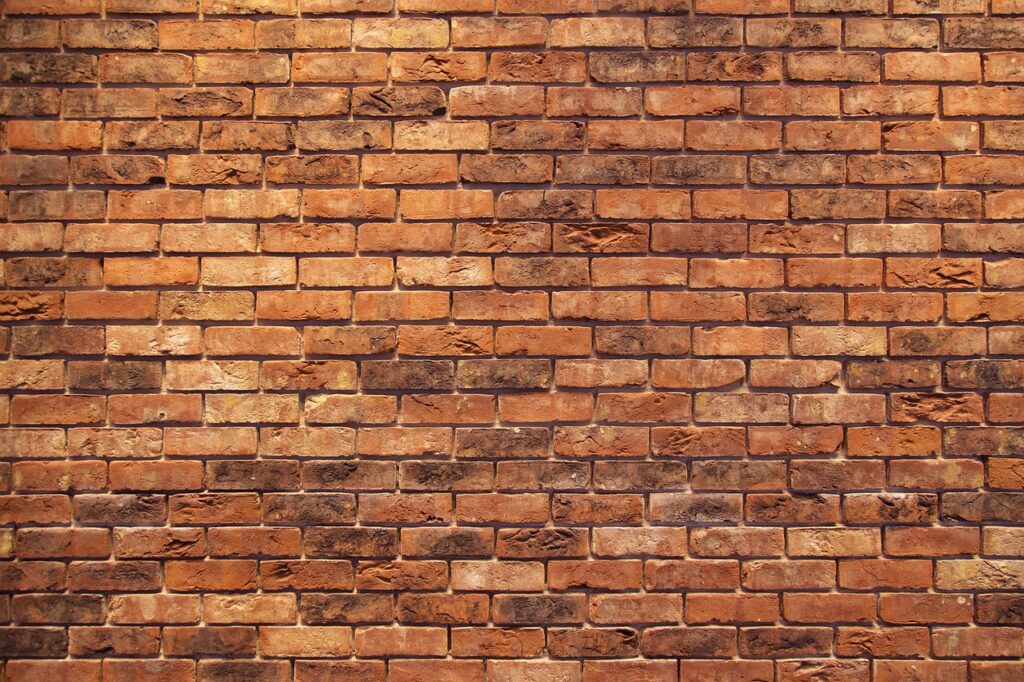Fire bricks, also known as refractory bricks, are a crucial component in structures subjected to high temperatures, such as fireplaces, kilns, and furnaces. These specialized fire bricks are designed to withstand extreme heat without breaking down or losing their structural integrity. Understanding the properties, types, and uses of fire bricks is essential for anyone involved in construction or renovation projects that require heat-resistant materials. This guide will provide a comprehensive overview of fire bricks, their applications, and how to choose the right type for your needs.
What is a Fire Brick?
A fire brick is a type of brick specifically designed to withstand high temperatures, typically used in areas exposed to heat and flame. Unlike regular bricks, fire bricks are made from refractory ceramic materials that can endure temperatures as high as 1,800°F (982°C) without melting or breaking down. The primary component in most fire bricks is alumina, which contributes to their ability to withstand heat and resist thermal shock.
Types of Fire Bricks
Fire bricks come in various types, each designed for specific applications. The three most common types are:
- Dense Fire Bricks:
- Material Composition: Made from high-alumina content clay.
- Properties: Dense fire bricks are heavy, hard, and durable. They have a high thermal mass, meaning they can absorb and retain heat for long periods.
- Applications: Commonly used in the construction of fireplaces, wood-fired ovens, and kilns. They are also suitable for lining furnaces and other industrial applications where intense heat is present.
- Insulating Fire Bricks:
- Material Composition: Made from lightweight, porous materials like vermiculite, perlite, or silica.
- Properties: Insulating fire bricks are much lighter than dense fire bricks and have a lower thermal conductivity. They are designed to insulate rather than absorb heat, making them ideal for applications where energy efficiency is crucial.
- Applications: Often used as the outer layer in kilns and ovens to prevent heat loss and improve energy efficiency. They are also used in residential fireplaces where insulation is required.
- Specialty Fire Bricks:
- Material Composition: Made from specialized materials like zirconia or silicon carbide.
- Properties: Specialty fire bricks are designed for extreme environments, such as those found in steelmaking or glass production. They offer superior resistance to thermal shock, chemical corrosion, and abrasion.
- Applications: Used in industries where the conditions are too harsh for regular fire bricks, such as steel furnaces, glass furnaces, and chemical reactors.
Applications of Fire Bricks
Fire bricks are used in a variety of applications, ranging from residential to industrial settings. Some of the most common uses include:
- Fireplaces and Wood-Burning Stoves: Fire bricks are an essential component in the construction of fireplaces and wood-burning stoves. They line the firebox, where they are exposed to direct flames and high temperatures. The heat-resistant properties of fire bricks prevent the surrounding structure from overheating and catching fire.
- Kilns and Ovens: Kilns used for pottery, ceramics, and metalwork require fire bricks to withstand the high temperatures needed for firing. Insulating fire bricks are often used in these applications to maintain a consistent temperature while minimizing heat loss.
- Industrial Furnaces: In industries such as metalworking, glass production, and chemical processing, furnaces are subjected to extreme heat and corrosive environments. Fire bricks, especially dense and specialty types, are used to line these furnaces to ensure they can operate safely and efficiently.
- Outdoor Fire Pits and Barbecues: Fire bricks are also popular in the construction of outdoor fire pits and barbecues. They provide a durable and heat-resistant surface that can withstand the high temperatures generated by open flames.
- Pizza Ovens: For those who enjoy cooking with wood-fired pizza ovens, fire bricks are a must. They not only withstand the high heat required for cooking but also help to retain and evenly distribute the heat, resulting in perfectly cooked pizzas.
How to Choose the Right Fire Brick
When selecting fire bricks for a project, several factors need to be considered:
- Temperature Requirements: Determine the maximum temperature the fire bricks will be exposed to. Dense fire bricks are suitable for most applications, but if the temperature exceeds 2,500°F (1,371°C), specialty fire bricks may be necessary.
- Thermal Conductivity: Consider whether you need the fire bricks to absorb and retain heat (dense fire bricks) or insulate and prevent heat loss (insulating fire bricks). This will depend on the specific application and energy efficiency requirements.
- Chemical Resistance: In industrial settings, fire bricks may be exposed to corrosive chemicals. In such cases, choose bricks with high chemical resistance, such as those made from silicon carbide or zirconia.
- Mechanical Strength: Evaluate the mechanical stress the fire bricks will endure. For applications involving heavy loads or frequent temperature cycling, opt for bricks with high compressive strength and thermal shock resistance.
- Cost and Availability: Fire bricks vary in cost depending on their composition and properties. Dense fire bricks are generally more affordable and widely available, while specialty bricks can be more expensive and harder to find.
Installation and Maintenance of Fire Bricks
Proper installation and maintenance of fire bricks are crucial to ensure their longevity and performance. Here are some tips:
- Installation: When installing fire bricks, use a high-temperature refractory mortar to secure them in place. Ensure that the bricks are laid flat and level to prevent gaps where heat could escape. For curved surfaces, such as in kilns or ovens, cut the bricks to fit the contour precisely.
- Maintenance: Regularly inspect fire bricks for signs of wear, such as cracks, chips, or spalling (flaking of the surface). Replace damaged bricks promptly to prevent further deterioration. In industrial settings, schedule routine maintenance to assess the condition of the fire bricks and make any necessary repairs.
- Cleaning: To clean fire bricks, avoid using harsh chemicals or abrasive tools that could damage the surface. Instead, use a soft brush or cloth to remove soot, ash, and debris. For stubborn stains, a mixture of baking soda and water can be used as a gentle cleaner.
Conclusion
Fire bricks are an indispensable material in any structure exposed to high temperatures. Whether you’re building a fireplace, kiln, or industrial furnace, choosing the right type of fire brick and understanding how to care for it is essential for safety and performance. By selecting the appropriate fire brick for your specific application, you can ensure that your structure will withstand the test of time and heat.







